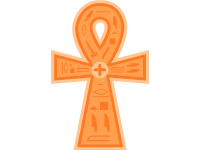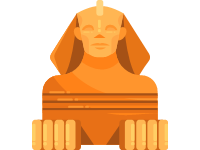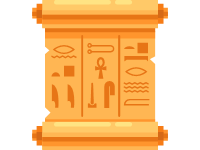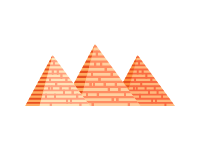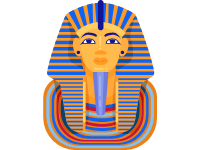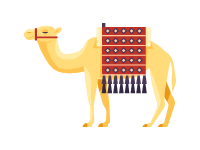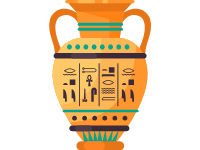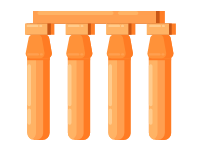Tutankhamun, also spelled Tutankhamen and Tutankhamon, original name Tutankhaten, byname King Tut, (flourished 14th century bce), king of ancient Egypt (reigned 1333–23 bce), known chiefly for his intact tomb, KV 62 (tomb 62), discovered in the Valley of the Kings in 1922. During his reign, powerful advisers restored the traditional Egyptian religion and art, both of which had been set aside by his predecessor Akhenaton, who had led the “Amarna revolution.” The parentage of Tutankhaten—as he was originally known—remains uncertain, although a single black fragment originating at Akhetaton (Tell el-Amarna), Akhenaton’s capital city, names him as a king’s son in a context similar to that of the princesses of Akhenaton. Medical analysis of Tutankhaten’s mummy shows that he shares very close physical characteristics with the mummy discovered in KV 55 (tomb 55) of the Valley of the Kings. Some scholars identify these remains as those of Smenkhkare, who seems to have been coregent with Akhenaton in the final years of his reign; others have suggested the mummy may be Akhenaton himself.
With the death of Smenkhkare, the young Tutankhaten became king, and was married to Akhenaton’s third daughter, Ankhesenpaaton (later known as Ankhesenamen), probably the eldest surviving princess of the royal family. Because at his accession he was still very young, the elderly official Ay, who had long maintained ties with the royal family, and the general of the armies, Horemheb, served as Tutankhaten’s chief advisers. By his third regnal year Tutankhaten had abandoned Tell el-Amarna and moved his residence to Memphis, the administrative capital, near modern Cairo. He changed his name to Tutankhamun and issued a decree restoring the temples, images, personnel, and privileges of the old gods. He also began the protracted process of restoring the sacred shrines of Amon, which had been severely damaged during his father’s rule. No proscription or persecution of the Aton, Akhenaton’s god, was undertaken, and royal vineyards and regiments of the army were still named after the Aton.
